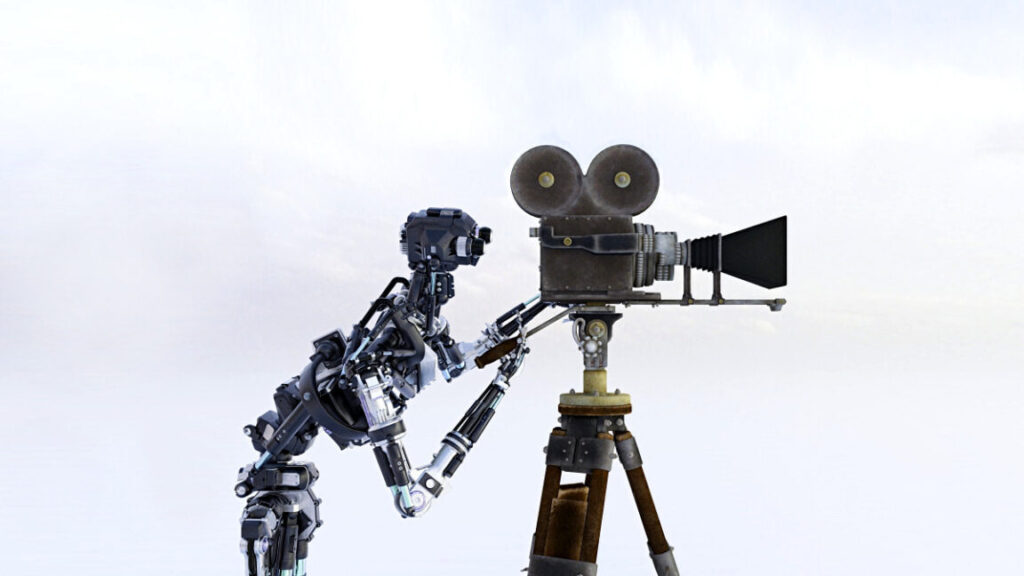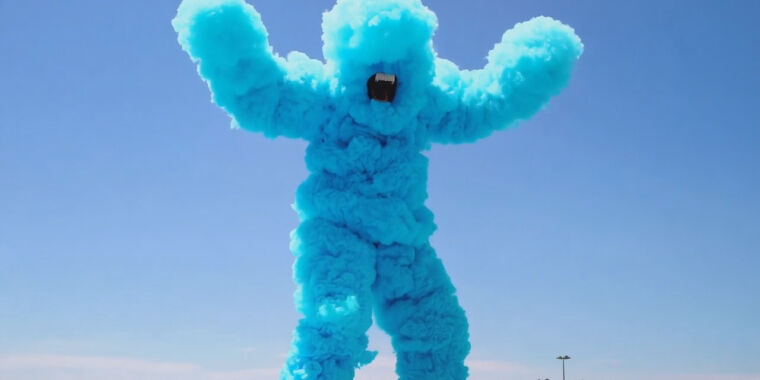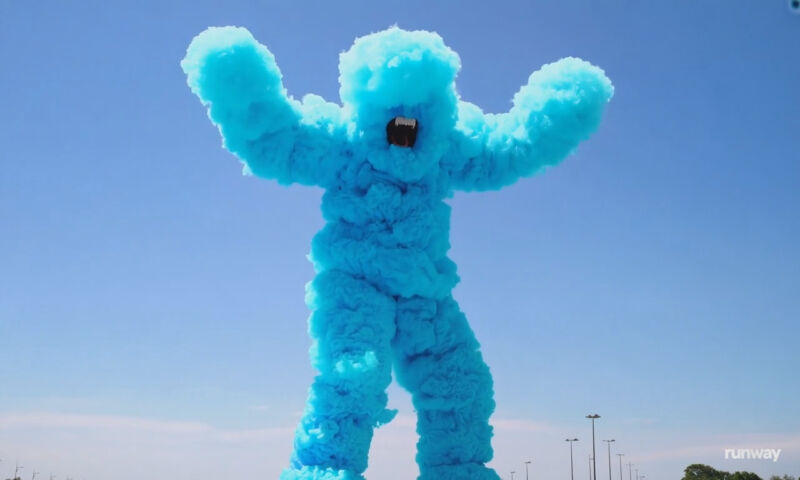AI-generated shows could replace lost DVD revenue, Ben Affleck says
Last week, actor and director Ben Affleck shared his views on AI’s role in filmmaking during the 2024 CNBC Delivering Alpha investor summit, arguing that AI models will transform visual effects but won’t replace creative filmmaking anytime soon. A video clip of Affleck’s opinion began circulating widely on social media not long after.
“Didn’t expect Ben Affleck to have the most articulate and realistic explanation where video models and Hollywood is going,” wrote one X user.
In the clip, Affleck spoke of current AI models’ abilities as imitators and conceptual translators—mimics that are typically better at translating one style into another instead of originating deeply creative material.
“AI can write excellent imitative verse, but it cannot write Shakespeare,” Affleck told CNBC’s David Faber. “The function of having two, three, or four actors in a room and the taste to discern and construct that entirely eludes AI’s capability.”
Affleck sees AI models as “craftsmen” rather than artists (although some might find the term “craftsman” in his analogy somewhat imprecise). He explained that while AI can learn through imitation—like a craftsman studying furniture-making techniques—it lacks the creative judgment that defines artistry. “Craftsman is knowing how to work. Art is knowing when to stop,” he said.
“It’s not going to replace human beings making films,” Affleck stated. Instead, he sees AI taking over “the more laborious, less creative and more costly aspects of filmmaking,” which could lower barriers to entry and make it easier for emerging filmmakers to create movies like Good Will Hunting.
Films will become dramatically cheaper to make
While it may seem on its surface like Affleck was attacking generative AI capabilities in the tech industry, he also did not deny the impact it may have on filmmaking. For example, he predicted that AI would reduce costs and speed up production schedules, potentially allowing shows like HBO’s House of the Dragon to release two seasons in the same period as it takes to make one.
AI-generated shows could replace lost DVD revenue, Ben Affleck says Read More »



